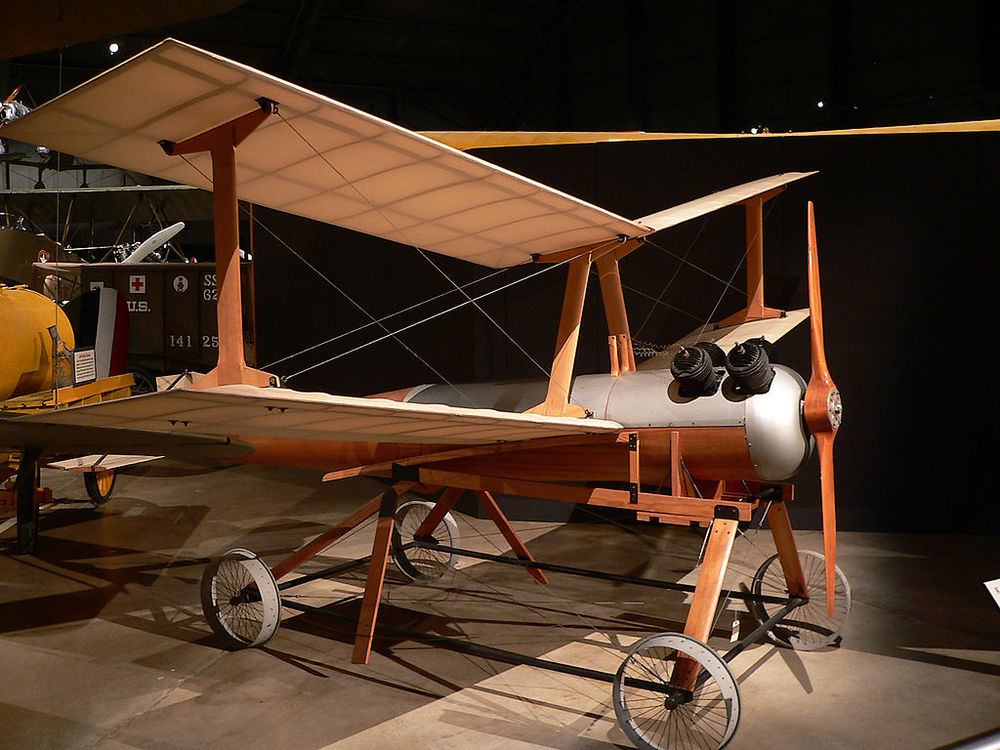No products in the cart.
Drones, Uncategorized
Top 9 Milestones in the Evolution of Drones
1. The Montgolfier brothers
The first major milestone in the history of the development of the drone came in 1782 in the form of the invention of the Montgolfier-style
Unmanned Hot Air Balloon. French paper manufacturers Joseph-Michel and Jacques-Etienne
French paper manufacturers Joseph-Michel and Jacques-Etienne Montgolfier — otherwise known as the Montgolfier Brothers — designed their
own unique-style hot-air balloon in Annonay, France, with the unmanned aircraft becoming one of the primitive versions of today’s drones and other Unmanned Aerial Vehicles (UAVs).
2. Balloons with bombs
Fast-forward to 1848 and the drone’s second major milestone is achieved in Austria when the country’s army unleashes hundreds of pilotless balloon bombs on the Republic of Venice (in modern-day Italy). Austria came up with an ingenious plan to effectively reach and bomb Venice using balloon bombs, something that had never been tried before.
As part of a secret attack that had earlier been dismissed as rumors or fantasy across Europe, the Austrian army — acting from warships off the coast of Venice — mounted bombs on about 200 pilotless balloons and released them on the Republic. It was the first time ever that aerial warfare was being tried.
3. Nikolo Tesla and Remote Control
Exactly half a century later in 1898, the drone’s third major leap was accomplished across the Atlantic when famous inventor and scientist Nikola Tesla invented an Unmanned Miniature Boat in the United States.
During an exhibition at New York’s Madison Square Garden, Tesla wowed onlookers when he appeared to command his small unmanned boat to change direction using his voice. However, he was using radio frequencies to control the boat by switching motors on and off.
4. A Kite with a camera
In the same year, US forces fighting in the Spanish-American War put their hand in the advancement of drone technology when they deployed a kite to fly a camera that was used to survey their enemies in the Spanish military camp.
5. The Kettering Bug
Twenty years after the events of 1898, another big step in the development of the drone came when the Kettering Bug was invented for US military use. Charles Kettering designed the device — also dubbed the first ever “flying bomb” — becoming the first ever UAV to be applied in the battlefield.
Initially known as the Kettering Aerial Torpedo, it was used as a combat cruise missile. With a wingspan of 12 feet, it used wings made of cardboard and paper mache and was powered using a 40-horsepower Ford engine.

6. Advanced Guided Missiles
The drone saw its fifth major development phase inthe 1940s the German military pioneered the use of Advanced Guided Missiles. They deployed the guided bomb FX-1400 (dubbed the Fritz X) and a series of guided missiles referred to as the Henschel HS-293 in the Second World War.The FX-1400 was a 2300-pound bomb that was operated using a radio controller. It
The FX-1400 was a 2300-pound bomb that was operated using a radio controller. It was a major breakthrough in drone technology and for guided aerial weapons in particular.
Following the German success story and after intensive research and development, the US military retaliated by deploying their own GB-1 Glide Bomb to help defend Britain from the invading Germans. The deadly super-bomb (by 1943 standards) weighed 2000 pounds and was tailored to be able to bypass the German forces’ air defenses.
Enter the 1950s and another major milestone is achieved when the Ryan Firebee takes to the skies in 1951. Developed by the Ryan Aeronautical Company for the US military, this first target drone becomes one of the first and most advanced jet-propelled drones. Following extensive
Following extensive deployment in the following decades during the Vietnam War, the Ryan Firebee still remains one of the most widely-used target drones to have ever been manufactured.
With the general great advancement of computer and electronics technology in the 1960s, UAV technology achieves yet another major milestone in the 1960s. The size and cost of transistors was reducing drastically and ushering in an era of even more advanced radio-controlled gadgets. With these came a generation of enthusiasts and tinkerers ready to try and innovate new things and devices.
Milestone number eight came in the 1990s when things were “Welcome to the drone world, Predator!” Developed starting around 1974 by aerospace engineer and renowned
Developed starting around 1974 by aerospace engineer and renowned pioneer in UAV technology Abe Karem, the Amber — nicknamed the “Predator” — saw further advancements in the1990s, especially with the General Atomics MQ-1 Predator UAV entering military service.
Later during the Kosovo War of the late1990s and the years following the 9/11 terrorist attack in the US, the Predator was extensively used for both surveillance and combat. In fact, in the Afghan War, the Predator became the public face of drones in the battlefield.
Another major milestone in the development of drones, and the last one in our list, was accomplished starting from around the year 2010
to the present. This is the time when the image of the drone has been gradually starting to move away from war to day-to-day commerce.
In 2010, French company Parrot introduced a smartphone-controlled quadcopter named the Parrot AR Drone for use by consumers during that year’s Consumer Electronics Show in Las Vegas. By 2014, the popularity and use of UAVs as tech toys and consumer drones had exploded even as the US and other nations continued to deploy them to the battlefield.
As drones keep getting more and more popular — sometimes with cases of near-misses with commercial airplanes — issues of legalities, ethics and a need for an elaborate plan of regulation of drone usage emerge. Today, companies like Amazon continue to set the stage for the widespread use of drones in the consumer market.
